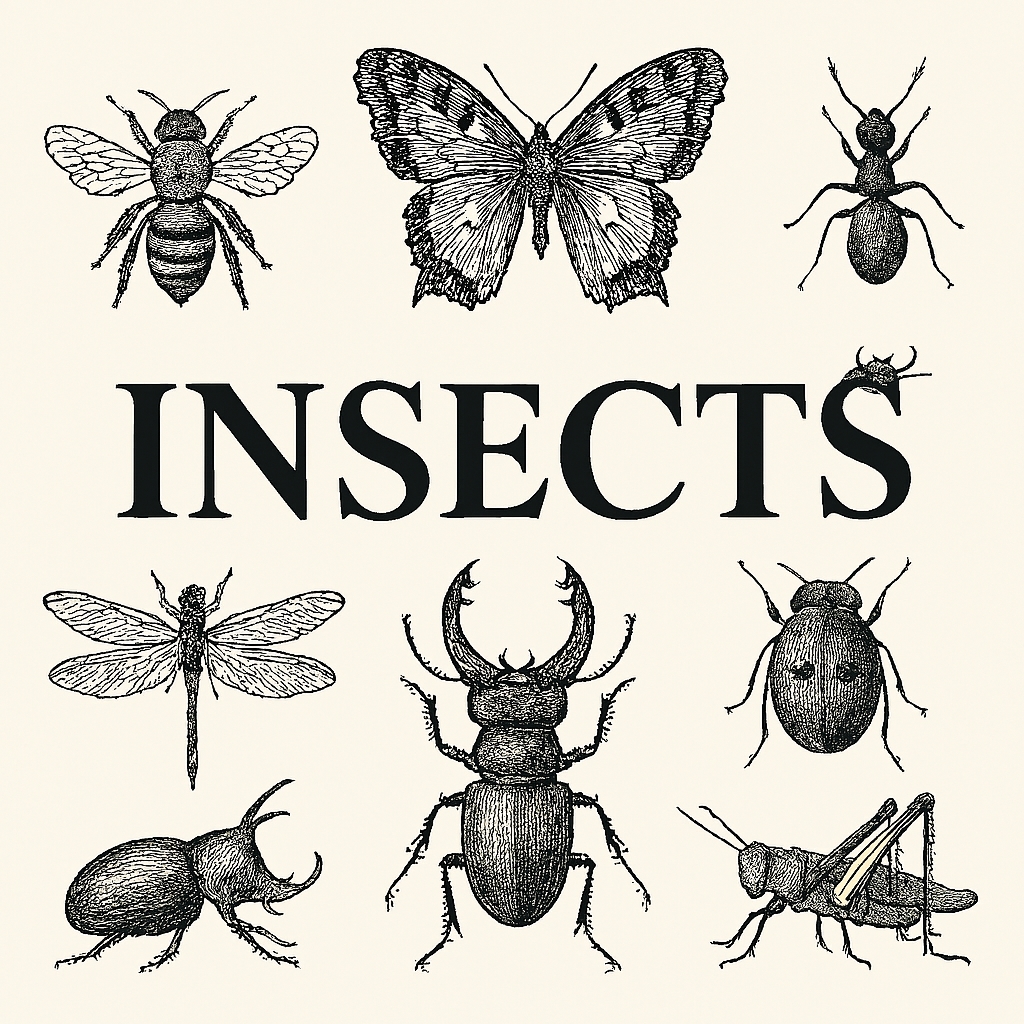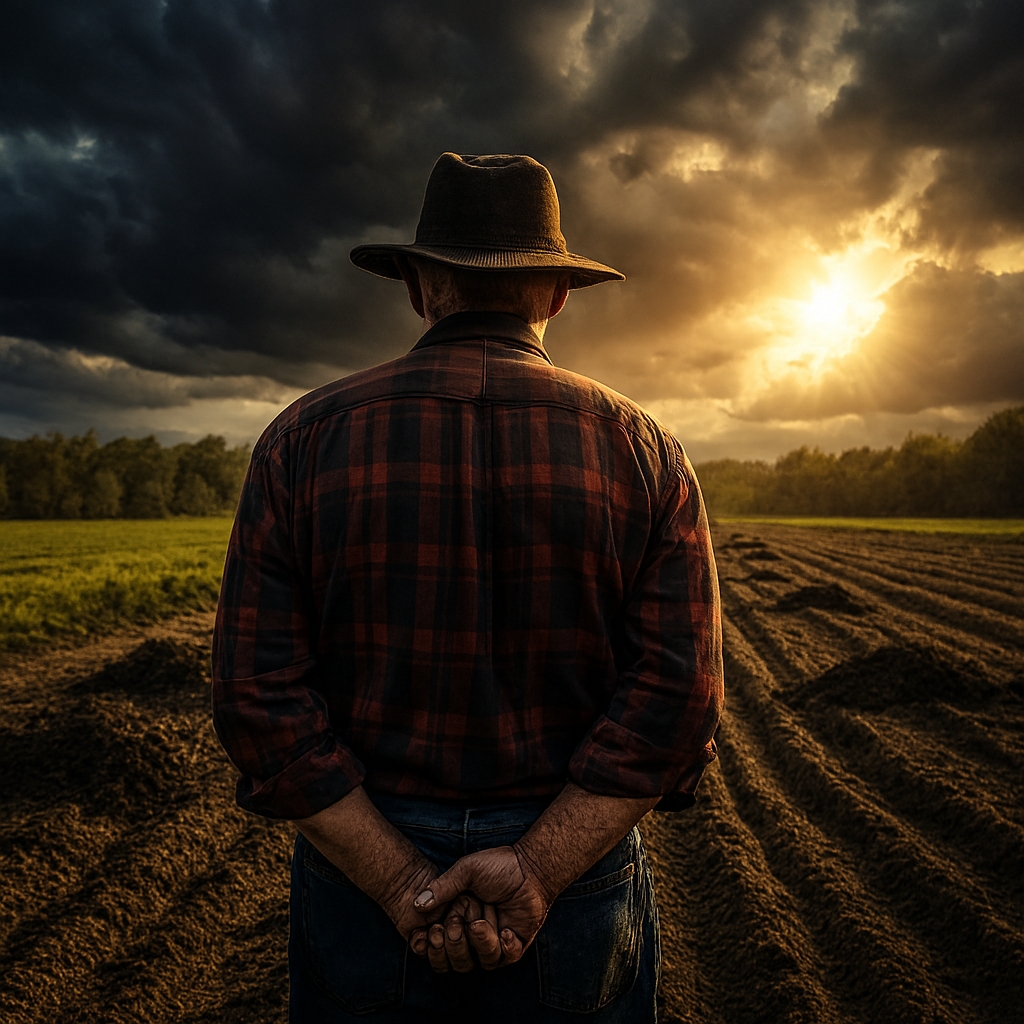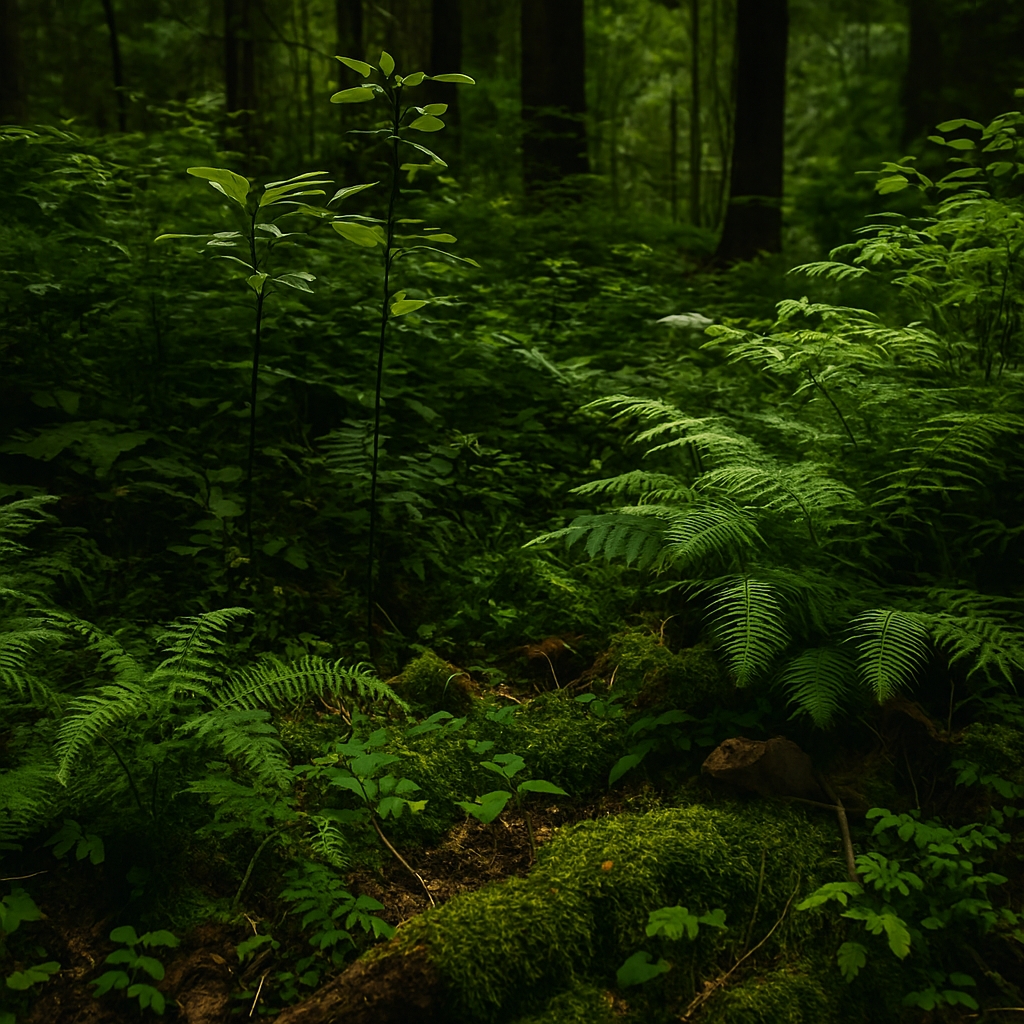Natural Ways To Lower The Level Of Backburning & Making Environments More Fire-Resistant
It’s Up To You To Making Your Environment More Fire-Resistant
While firefighters and governments play a crucial role in managing wildfires and implementing large-scale fire-resistant strategies, it’s important to remember that individuals also have a significant part to play. Each one of us can contribute to making our environment more fire-resistant. Here’s how:
Your Home and Garden
Start with your own home and garden. Implement fire-resistant landscaping, choose fire-resistant plants, and maintain proper spacing between trees and shrubs. Regularly clear away dead leaves, branches, and trees. If you’re building or renovating, consider using fire-resistant materials.
Your Community
Get involved in your community. Participate in community clean-up days to reduce the amount of potential fire fuel. Advocate for fire-resistant policies in your homeowners association or local government. Educate your neighbors about the importance of fire-resistant measures.
Your Actions
Be mindful of your actions. Follow fire safety rules, especially during periods of high fire risk. This includes properly extinguishing campfires, not discarding cigarettes carelessly, and not using outdoor machinery that can create sparks on hot, windy days.
By taking these steps, you’re not only protecting your own home but also contributing to the larger effort of wildfire prevention and the creation of fire-resistant environments. Remember, every little bit helps and it starts with you.
To The Firefighters We Thank You
We want to take a moment to express our deepest gratitude for your tireless efforts in back burning and maintaining safety in our communities & environments in all situations you work on or react to.
You face the heat, the smoke, and the unpredictable nature of wildfires, yet you stand strong. Your work in back burning & making environments more fire-resistant is crucial in preventing the spread of wildfires and protecting our homes, our lives, and our natural environment.
Your commitment to safety, your courage in the face of danger, and your selfless service are truly inspiring in every aspect. Thank You
Why is Back Burning Important?
Back burning is a common method used to prevent the spread of wildfires by creating a controlled fire that consumes the fuel in its path. However, it can have negative impacts on the environment and it is a hard idea and ask that we ask our firefighters to do as it is a big country and they cannot do it all. There are natural ways that can help with lowering the level of back burning.
Back burning plays a crucial role in managing wildfires. It is a preventative measure used to stop wildfires from spreading uncontrollably. By intentionally starting a controlled fire, we can consume the fuel (like dry leaves, grass, and twigs) that a wildfire might otherwise use to spread. This creates a ‘firebreak’ or a gap in the vegetation that can stop or slow down a wildfire.
Making Environments More Fire-Resistant
Making environments more fire-resistant is a proactive approach to wildfire management. It involves modifying the environment to reduce the likelihood and intensity of fires.
Understanding Fire-Resistant Landscapes
Fire-resistant landscapes are designed to slow down wildfires and direct them around properties. They involve the strategic placement and choice of fire-resistant plants, which are less likely to ignite and can help slow a fire’s progress.
Implementing Fire-Resistant Features
Several features can be implemented to make an environment more fire-resistant
Firebreaks
These are gaps that can slow or stop the progress of a wildfire & can be natural, such as a river, or man-made, such as a road or cleared strip of land.
Choice of Plants
Some plants are more fire-resistant than others. Choosing these plants can help reduce the risk of fire. These plants typically have high moisture content, low sap or resin content, and grow without accumulating dead branches, leaves, or needles.
Proper Spacing
Spacing trees and shrubs apart from each other can help slow the spread of fire and reduce its intensity. This includes both horizontal spacing (between shrubs and trees) and vertical spacing (between the tops of shrubs and the lowest branches of trees).
Maintenance
Regular maintenance of the environment, such as pruning trees and shrubs, can help keep the area fire-resistant. This also includes regularly clearing away dead leaves, branches, and trees.
Building Materials
For buildings and structures, using fire-resistant materials can significantly reduce the risk of fire. This includes fire-resistant roofing and siding, using rock, stone, or brick for walls and fences, and using tempered or double-pane glass for windows.
Making environments more fire-resistant is a multifaceted approach that involves understanding the characteristics of wildfires, making strategic choices about landscaping and building materials, and regular maintenance. By implementing these strategies, we can create environments that are safer and more resilient to wildfires.
Disclaimer
Back burning should only be carried out by trained professionals, as it can be dangerous if not managed properly. Always consult with a professional or certified expert before making any decisions based on the content.
The information provided in this post is for general informational purposes only.
Lower the Level of Back Burning
Back burning also helps protect communities and their properties that are in the path of a wildfire. It can save lives and reduce the economic impact of wildfires. However, it’s important to note that back burning should only be carried out by trained professionals, as it can be dangerous if not managed properly but us as everyday people should help so we can lower the risk for that firefighters face.
1. Fire-resistant Landscaping
One of the most effective ways to reduce the need for backburning is through fire-resistant landscaping. This involves planting fire-resistant plants and trees, maintaining a safe distance between trees, and regularly removing dead plants and leaves from your property.
2. Controlled Grazing
Controlled grazing involves using livestock to eat and trample down vegetation, reducing the amount of fuel available for fires. This method has been used for centuries and can be an effective way to reduce the need for back burning.
3. Indigenous Fire Management Practices
Indigenous communities have been managing fires for thousands of years using techniques that are in harmony with the environment. These practices often involve lighting small, controlled fires during cooler months to reduce fuel loads and prevent larger, uncontrolled fires.
4. Use of Firebreaks
Firebreaks are natural or man-made gaps in an area that can slow or stop the progress of a wildfire. They can be natural, such as a river, or man-made, such as a road or cleared strip of land.
5. Community Education
Educating communities about fire safety and prevention can also help reduce the need for backburning. This can involve teaching people about the dangers of starting fires during dry periods, how to properly extinguish a fire, and what to do in the event of a wildfire.
6. Making Environments More Fire-Resistant
There are several ways to make environments more fire-resistant
Remove Dead Vegetation – Regularly clearing away dead leaves, branches, and trees can significantly reduce the risk of fire.
Space Out Trees and Shrubs – Keeping a safe distance between trees and shrubs can prevent fires from spreading.
Use Fire-Resistant Materials – For buildings and structures, use fire-resistant materials whenever possible.
Install Sprinkler Systems – While not entirely natural, sprinkler systems can be a very effective way to prevent fires from spreading.
Regular Maintenance – Regular maintenance of the environment, such as pruning trees and shrubs, can help keep the area fire-resistant.
Backburning is sometimes necessary, there are many natural methods that can help reduce its use. By implementing these strategies, we can protect our environment and communities from the harmful effects of wildfires.
Natural Ways to Lower the Level of Back Burning
Back burning is a common method used to prevent the spread of wildfires by creating a controlled fire that consumes the fuel in its path. However, it can have negative impacts on the environment and air quality. Fortunately, there are natural ways that can help with lowering the level of back burning.
Conclusion
Back burning is an essential tool in the management of wildfires. It helps to control the spread of fires and protect communities and their properties. However, it’s not without its drawbacks, including potential harm to the environment and risks.
Fortunately, there are several natural ways to lower the level of back burning. From fire-resistant landscaping and controlled grazing to indigenous fire management practices and the use of firebreaks, these methods can help reduce the need for back burning. Furthermore, making environments more fire-resistant and educating communities about fire safety and prevention can also contribute significantly to this cause.
While back burning will likely continue to be a necessary tool in certain situations, the implementation of these natural strategies can help us strike a balance between effective fire management and environmental conservation. By doing so, we can protect our communities and the environment from the harmful effects of wildfires.
Again Thanks to the Firefighters
Join The Discussion
Thank you for joining this important discussion. Your interest and awareness contribute to the broader efforts of fire management and environmental protection. If you have any other questions or need further information, please ask a professional.
#BackBurning #FireManagement #WildfirePrevention #FireResistantLandscaping #ControlledGrazing #IndigenousFirePractices #Firebreaks #CommunityEducation #FireSafety #EnvironmentProtection #NaturalMethods #Wildfires #FirePrevention #EcoFriendly #SustainablePractices #FireResistant #LandManagement #Ecosystem #NatureConservation #ClimateChange #Bushfire #ForestFire #PrescribedBurn #ControlledBurn #FireEcology #Firefighting #EmergencyManagement #DisasterPrevention #FireResilience #WildfireMitigation

















JefferySix
Абсолютно свежие события мировых подиумов.
Абсолютно все новости известнейших подуимов.
Модные дома, лейблы, гедонизм.
Интересное место для модных людей.
https://rftimes.ru/news/2024-07-05-teplye-istorii-brend-herno